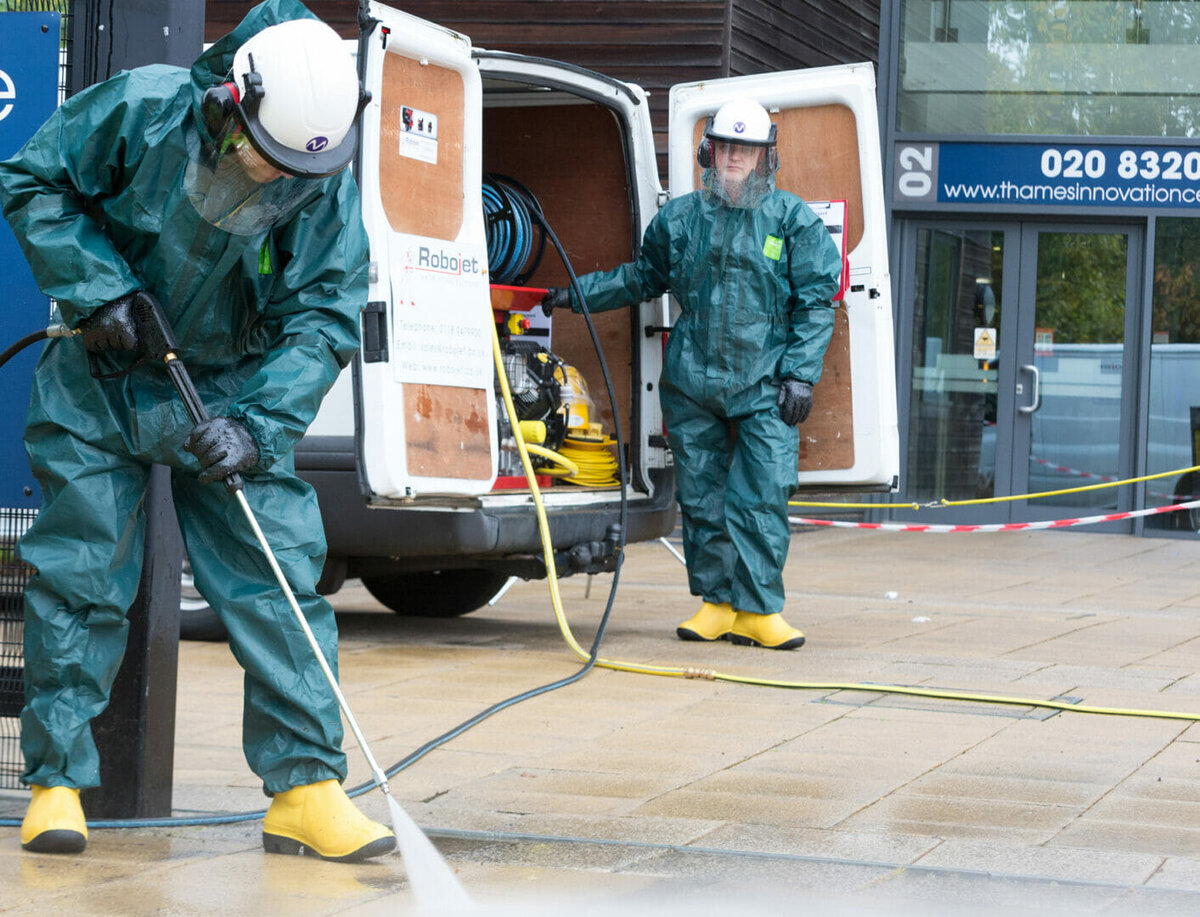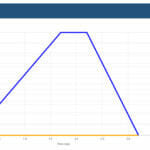Medical research commissioned by the Water Jetting Association has led to the publication of the most comprehensive guidance ever created for the management of high-pressure fluid injection injuries.
The guidance is set to transform the emergency medical response to fluid injection injuries, where fluids enter the body by piercing the skin, greatly reducing the risk of death, long-term disability or unnecessarily prolonged periods of recovery.
The Water Jetting Association (WJA), the representative body for organisations involved in water jetting and the UK’s leading water jetting training association, is incorporating the guidelines in its codes of practice.
Water jetting is used widely for cleaning, surface preparation, precision cutting and hydrodemolition in many industries, including drainage and water utilities, marine engineering, manufacturing and petrochemicals. The guidelines also apply to injection injuries caused by other fluids, such as hydraulic oils.
WJA Director David Kennedy said: “This represents a step change in our understanding of how to treat high-pressure fluid injection injuries. The study shows these injuries are often misunderstood, leading to delays in treatment which can have very serious long-term health consequences.
“Employers, first responders, paramedics and hospital medical teams have, for the first time, clear guidance, in the form of an algorithm, on the optimum treatment protocols for patients from first-line response through to definitive hospital care.”
A research paper – Management of industrial high-pressure fluid injection injuries (HPFII): the Water Jetting Association (WJA) experience with water-driven injuries – has been published in the European Journal of Trauma and Emergency Surgery.
Dr Sancho Rodriguez-Villar, an intensive care consultant at Kings College Hospital, London, who led the research, said: “The evidence shows that, without early and correct intervention, the outcome for those injured is often catastrophic, including death, loss of limbs and long-term disability.
“Following this research, we strongly advise all parties involved to observe the WJA’s updated guidelines for the management of high-pressure injection injuries.”
The study found that the unique nature of HPFIIs make them look less serious than they are. This often leads to delays in patients receiving the correct emergency treatment. This, in turn, allows serious and deep-seated infections to develop, which are difficult to treat.
Hydraulic fluid injection can occur at pressures as low as 7 bar, or 100 pounds per square inch (psi), far lower than the pressure achieved by many over-the-counter water jetting machines. Ultra-high-pressure water jetting can exceed 2,500 bar, or 36,259 psi.








